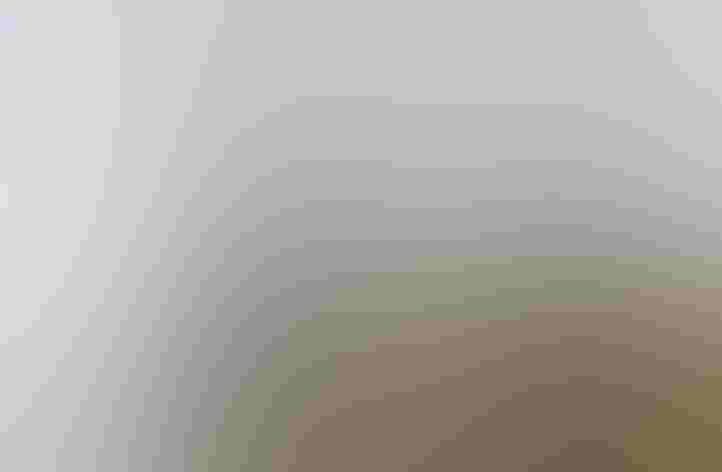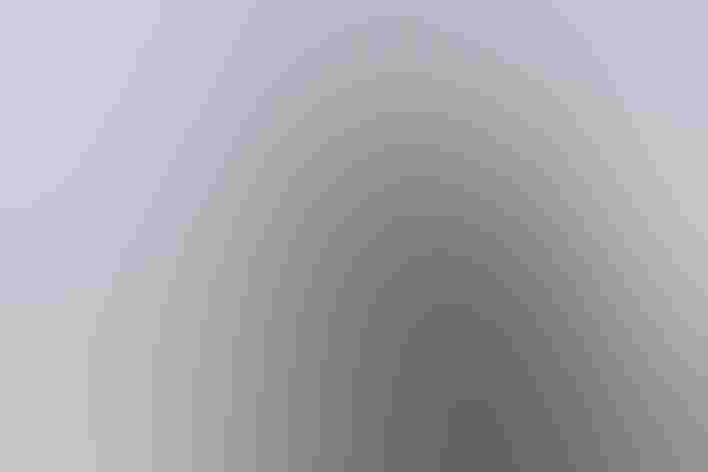Red-faced Cormorant
At a Glance
This Alaskan specialty nests on islands in cold seas, associating with a wide variety of other seabirds. The bright red bare skin of its face becomes duller in winter. In recent years the Red-faced Cormorant has been increasing in numbers, expanding its range eastward along the coast of southern Alaska.
All bird guide text and rangemaps adapted from by Kenn Kaufman© 1996, used by permission of Houghton Mifflin Harcourt Publishing Company. All rights reserved.
Category
Cormorants, Upright-perching Water Birds
IUCN Status
Least Concern
Habitat
Coasts and Shorelines
Region
Alaska and The North
Behavior
Direct Flight, Swimming
Population
130.000
Range & Identification
Migration & Range Maps
Mostly permanent resident. Very rare straggler away from nesting areas (though may winter away from breeding sites in Kuril Islands, north of Japan).
Description
28-30" (71-76 cm). Red skin on face contrasts with yellow at base of bill. Wings often look brownish, duller than body plumage. In summer, red on face is brighter, and white patch develops on flank feathers. (Pelagic Cormorant also has red face and white flank patch, but has dark bill, wings the same color as its body.)
Size
About the size of a Heron, About the size of a Mallard or Herring Gull
Color
Black, Brown, Red, White, Yellow
Wing Shape
Broad, Rounded
Tail Shape
Long, Rounded, Wedge-shaped
Songs and Calls
A low korr. Hoarse croaking notes at breeding colonies.
Call Pattern
Flat, Simple
Call Type
Croak/Quack
Habitat
Ocean, coast, islands. Spends most of its time close to shore in cool ocean waters, favoring rocky bays, straits between islands. Nests on rocky islands or coasts, on ledges of cliffs or steep slopes.
Sign up for ÃÛèÖAPP's newsletter to learn more about birds like the Red-faced Cormorant
Behavior
Eggs
3-4. Bluish white, becoming nest-stained. Incubation is by both sexes, probably about 31-34 days.
Young
probably fed by both parents. Age at which young leave nest estimated at 50-60 days.
Feeding Behavior
See family introduction. Solitary in foraging; may feed near bottom in rocky areas.
Diet
Mostly fish. Feeds on a variety of fish, especially sculpins, also pollack, sand lance, others. Also eats crustaceans including crabs, shrimp, amphipods.
Nesting
Breeds in mixed colonies with other seabirds. In display, male perches with head over back, bill pointed up, moving head up and down, while quickly raising and lowering tips of folded wings so that white patches on flanks are rapidly covered and exposed, appearing to flash on and off. Nest: site is on ledge (wide or narrow) of cliff or steep slope above water. Nest is mound of grass, seaweed, moss, debris, with deep hollow in center, sometimes lined with feathers. Nest may be re-used in subsequent years.
Conservation
Conservation Status
Population in Aleutians thought to have been increasing for several decades. Since late 1950s has expanded range east along south coast of Alaska, becoming very common east to Prince William Sound. Despite increase, remains vulnerable to oil spills and other pollution.
Climate Threats Facing the Red-faced Cormorant
Choose a temperature scenario below to see which threats will affect this species as warming increases. The same ÃÛèÖAPP change-driven threats that put birds at risk will affect other wildlife and people, too.




